


Cryptosporidiosis
Introduction
Cryptosporidia are related to the coccidia, but much smaller (typically oocysts are less than ¼ of the size of an E. acervulina oocyst). They replicate in the brush border on the surface of epithelial cells. They also differ from coccidia in being poorly host specific, although bird strains do not infect mammals very well, and vice versa.
Cryptosporidium baileyi can cause respiratory disease in chickens and turkeys. The same species causes infections of the hindgut and cloacal bursa in chickens, turkeys, and ducks. C. meleagridis also infects both species. A further species causes respiratory disease in quail. The oocysts are excreted ready sporulated in the faeces and infection occurs by inhalation and ingestion.
Signs
- Snick.
- Cough.
- Swollen sinuses.
- Low weight gain.
- Diarrhoea.
Post-mortem lesions
- Sinusitis.
- Airsacculitis.
- Pneumonia.
Diagnosis
Identification of the parasites attached to the epithelium by microscopic examination (smears histopathology acid-fast staining).
Treatment
Unfortunately there is currently no known effective treatment in poultry. If other disease processes are complicating the situation (e.g. coli-septicaemia) there may be benefit in medicating for these.
Prevention
The oocysts of cryptosporidia are extremely resistant to chemical disinfection. There are no effective preventative medicines or feed additives.
It is becoming increasingly common for water companies to screen water supplies for cryptosporidia because of the human health implications of mammalian strains. Steam cleaning is effective in reducing infection as oocysts are inactivated above about 65°C.







